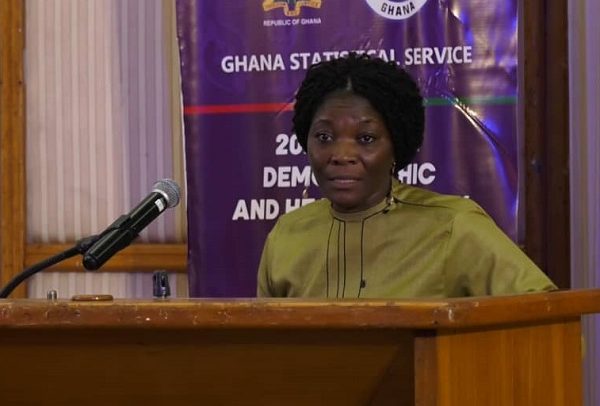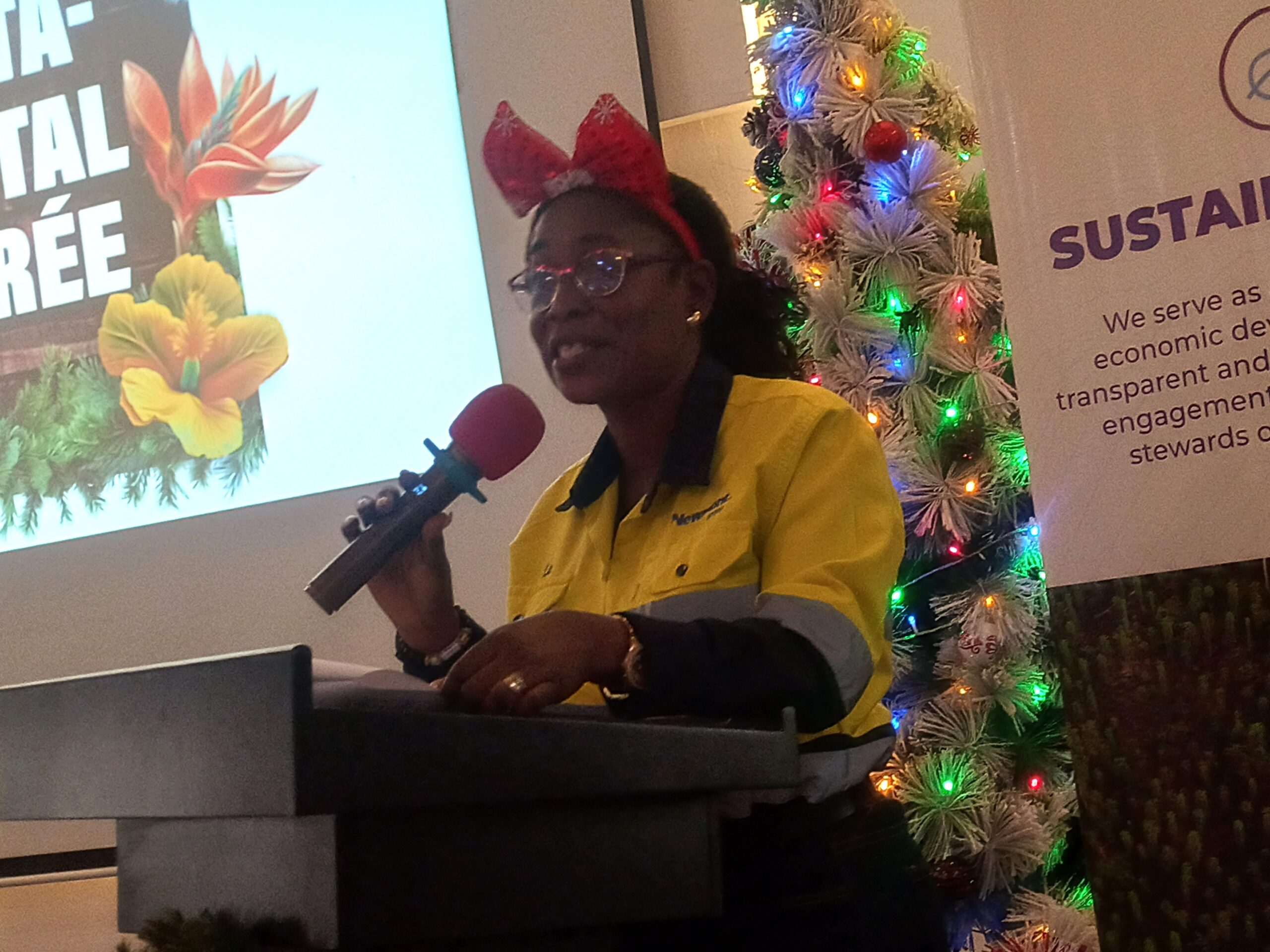
Recent surveys show that between 2012 and 2017, overall poverty declined from 24.2% to 23.4%.
The 0.8% reduction in the incidence of poverty between 2012 and 2017 has been minimal.
Between 2006 and 2017, the number of poor people in the country reduced from seven million to 6.8 million. These are contained in the Ghana Living Standard Survey seven (GLSS7)
Poverty Profile report
It was launched in Accra by the Ghana Statistical Service (GSS), supported by the World Bank, UK-DFID, and the Dutch Government.
Acting Government Statistician, Baah Wadieh, who launched the report, said poverty has been declining over the past three decades, indicating that government policies have impacted positively in poverty reduction.
The GLSS is a nationally representative household survey implemented in the country over the past three decades to monitor welfare systems, as well as the progress of socio-economic policies.
Ghana had conducted seven rounds of the living standards survey since 1987. Mr Wadieh said the GLSS7 was launched in October 2016 and field work commenced on October 24, 2016 after field personnel were taken through 25 days of rigorous training.
He said 27 teams were formed, with 25 of these teams deployed regularly in the field, with two teams serving as the relieving teams.
He said the goal of the 2016/2017 survey is to make available relevant data for informed decision-making and the formulation of policies to address the needs of the population.
According to him, the target of halving poverty before 2015 as set by the Millennium Development Goals could not have been established for the country but for the conduct of the GLSSs and the production of the relevant indicators and publication of the Poverty Profile reports over the years.
He said with the current reporting on the UN Agenda 2030, AU Agenda 2063 and the national development agenda, there is the need to produce such reports and indicators regularly to aid the tracking of progress.
Mr Wadieh said the GSS plans to reduce the periodicity for the conduct of the living standard surveys from seven years to three or four years in order to produce reports and indicators more frequently to track the impact of programmes and interventions.
The acting government statistician explained that the change in the frequency of production would require substantial resources, given the length of fieldwork and the number of personnel involved.
He commended the respondents who co-operated with the field personnel during the conduct of the GLSS7 fieldwork, and appealed to the public to continue to co-operate with the field personnel and provide the needed information during the conduct of censuses and surveys.
Mr Philip Smith, the Country Director for DFID Ghana, said the report was timely in the launch of Ghana's Baseline Report on the Sustainable Development Goals, as government drafts a charter setting out the plan for Ghana beyond aid.
He said data plays a critical role in informing policymaking, and that good data allows effective decisions to be made about where to target resources and to understand which policies are most effective.
Mr Smith said over the last two decades, the UK has invested over £2 billion of development aid in Ghana, working with the government and other development partners to contribute to the country’s impressive development gains.
He said poverty in rural northern Ghana remains high, adding that rising inequality presented a huge challenge to the government and development partners.
He called for concerted efforts to address these inequalities in order for the country to leave no-one behind and achieve the Sustainable Development Goals.
The Ghana Revenue Authority (GRA) will soon conduct an unannounced inspection of businesses across the country to enforce tax compliance. A statement signed by the Commissioner-General, Emmanuel Kofi Nti, said products without the ‘Tax Stamp’ would be seized and applicable sanctions imposed.
The GRA started the implementation of the Excise Tax Stamp ACT, 2013 ACT 873 in January 2018. The act requires excise tax stamp to be affixed on specified goods.
Read Full Story













Facebook
Twitter
Pinterest
Instagram
Google+
YouTube
LinkedIn
RSS